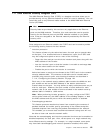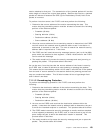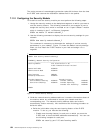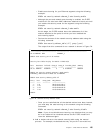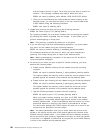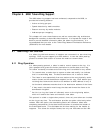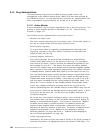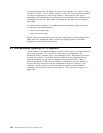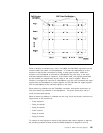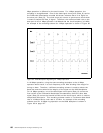
Chapter 8. 8260 Token-Ring Support
The 8260 token-ring support has been enhanced, compared to the 8250, to
provide the following features:
•
Active re-timing per port
•
Speed detection by media modules
•
Beacon recovery by media modules
•
Address-per-port mapping
This chapter will cover these features as well as some token-ring architecture
background necessary to describe these features. It is beyond the scope of this
book to provide detailed information about the token-ring architecture. It is
recommended that you refer to the
Token-Ring Network Architecture Reference
(SC30-3374)
for more details.
8.1 Token-Ring LAN Overview
In a token-ring LAN environment, all stations are connected in a star-wired ring
topology. Each ring can support up to 255 stations. It uses the
token-passing
protocol
to enable each station to access the media to transmit data.
8.1.1 Ring Operation
In a token-passing protocol, a token is used to control access to the ring. It is
like a passport that grants the holder permission to transfer data to the ring.
This token constantly circulates around the ring and is available for any station.
•
To transmit data, a station has to capture a token and modify it to indicate
that it is transmitting data. The data transmission unit is called a
frame
.
•
The frame is sent sequentially from one station to the next physically active
station (known as the downstream neighbor) on the ring. Each station upon
receiving that frame would check to see whether its MAC address or any of
its functional addresses matches that in the destination address of the frame.
•
If they match, the station would copy the data and forward the frame to its
downstream neighbor.
•
As this is a ring, the frame will ultimately return to the originating station,
which will remove the frame and release a new token.
This protocol is called a
single-token protocol
, since only one token can circulate
on the ring at any time. The architecture provides an option called
early token
release
. With this option, the transmitting station will release a token after
completing transmission of the data frame but before it receives the header of
the transmitted frame. This eliminates the idle time waiting for the header to
reappear. This allows for multiple frames, but only one free token on the LAN.
Copyright IBM Corp. 1995 129



